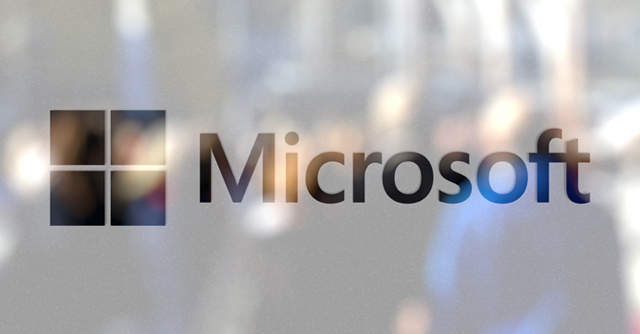
Over a third of Indians involved in cyberbullying incidents: Microsoft


The transition to the remote working model, which has been associated with increased cyberthreats, faces yet another challenge -- cyberbullying. In a survey conducted by technology company Microsoft, 38% of Indian consumers said they were involved in online bullying incidents, as a perpetrator, witness or a target.
Additionally, 15% of Indians reported being bullied at their workplace, while 27% said they were harassed outside the office.
The findings were part of a global research on digital civility conducted by Microsoft, titled Civility, Safety and Interaction Online - 2020. The survey was conducted between April and May 2020 across 32 geographies, surveying 4,511 people from nine countries in the Asia Pacific region.

While 70% of the Indian respondents said they blocked the bully, 58% spoke to a friend about it and 43% reported the incident to a parent, teacher or adult. Only 23% of the respondents said they reported the incident to the concerned social media company or provider.
“We want to encourage people of all ages to report any cyberbullying or online harassment to the relevant online service provider. User reporting plays an important role in helping everyone to have safe and trusted online experiences,” Keshav Dhakad, group head and assistant general counsel for corporate, external and legal affairs at Microsoft India, said in a blog post.
He added that Microsoft provides links to report abuse or concerns in each product or service, along with topic-specific webforms, such as non-consensual pornography, terrorist content and hate speech.

The report comes at a time when the government is yet to notify the intermediary liability amendments which hold digital platforms accountable for “objectionable content”.
In February, India earned its lowest online civility score in the past four years as denoted by Microsoft’s annual digital civility index. This was attributed to unwanted contact, hate speech, trolling and unwanted sexting among the respondents. Microsoft first published such a report in 2016.
